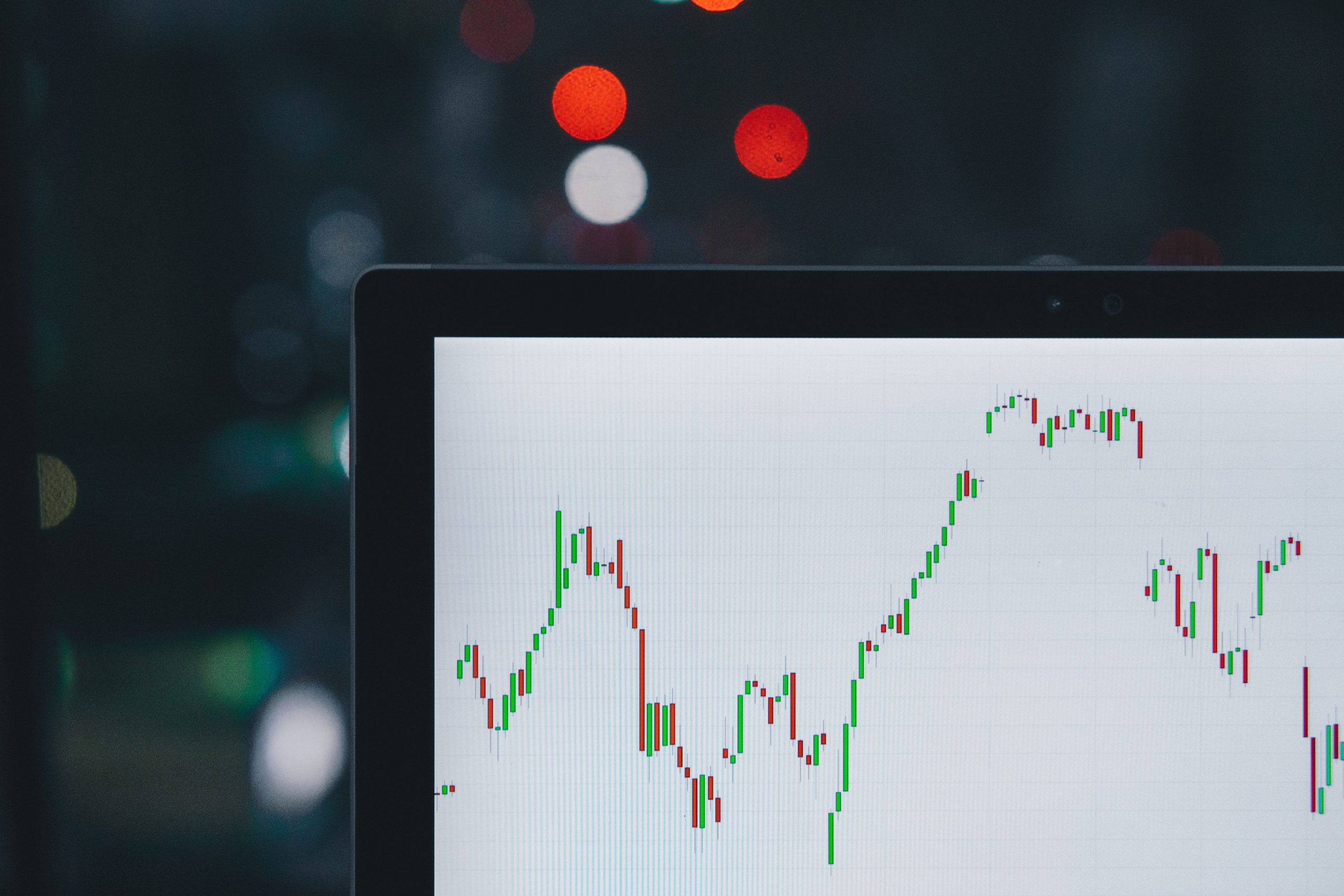Portfolio optimisation is basically where an investor selects the best portfolio out of the sets of best portfolios considered, according to some objectives. The main objective of this program or process is to maximise returns, reduce risks and minimise the cost.
But this is just a prediction as we cannot dream of a situation where one invests in a product and yields the best result. In such a situation everyone will buy the same product and in a matter of time, it will be the only product available in the market. Undeniably the only thing left is to find solutions to cope up with this kind of risks and portfolio optimisation aims at this issue.
Optimising Your Stock Portfolio
There are various steps which can be taken in consideration for optimising stock portfolio
For the investors these things should be the most important to understand i.e.
- What? (Stock selection): Which stocks to buy, it’s also called stock picking.
- When? (Entry prices): People usually talk about what to buy but the time which is best to buy is also a very important aspect in stock market optimisation. For instance, you picked a very well-known company for buying stocks but would you like to buy a stock for rs.1500 or rs.2000 so when you want to buy stock is also very important.
- Buy (quantity: money allocation): which way you want to allocate your money in a portfolio.
- Sell (exit)
We need to finalise or pick 5-6 sectors which are evergreen. In which sectors we expect continuous business for example IT, STEEL, PHARMA etc. Now the next step is to pick stocks from number 1 or number 2 stocks.
Number 1 or 2 stocks are those whose revenue is maximum. This information can be easily available from many sources. Now when you pick stock you need to keep in consideration a few things.
You need to get information about the companies which have huge loans on them. Investing in such companies would not be a good idea of course.
Apart from these factors we must have detailed information or knowledge about the Hedge funds as hedge funds can play a major role in portfolio optimisation.
Portfolio Optimisation in Hedge Funds
Portfolio optimisation plays an important part in a hedge fund’s work. This process is different for retail investors and different for hedge funds. Portfolio optimisation is done on the principles of VaR-based measures and the Omega measures. These are metrics that are based on non-convex financial functions. The mathematics behind the generation of these functions is complex, but it yields good results. There are also other metrics such as CVar, LPM, and MVar. There is also the risk shell optimisation procedure, which incorporates analysis methods such as factor analysis. The most comprehensive strategy is called the efficient frontiers, which seeks to optimise portfolio strategy by also optimising asset allocation and asset weight.
Hedge funds usually tend to hedge the market and create trades that factor in both directions of the market. Hedge funds will open multiple trades in different directions regarding the same asset. This is done to neutralize as many factors that go against the trade while protecting the investor’s capital. In understanding these strategies, it’s crucial to delve into risk management, and for a comprehensive view of risk definition in forex, one can explore relevant insights through tools such as Hedge Fund or Funds Software. While this software offers a variety of solutions, it’s worth noting that it may not be the latest and most up-to-date one.
What tools are helpful to optimise a portfolio?
The world of financial planning is not alien to the age old rule that you should never put all your eggs in one basket. By broadening our investment portfolio, we can mitigate the severity of the risks involved to much extent. Traders require a fully regulated, leading global platform for cryptocurrencies, indexes, currencies, and stocks.
- Track the traders movements – Software used to track the movements of other traders (social trading) where risk scores are displayed publicly so that the investors can follow other traders for sound investment decisions.
- Simple and easy communications – Traders want an easy way to communicate, manage reports, investments status, and real-time data. MetaTrader 5 for hedge funds is a one-stop platform which makes it quite easy for you to handle everything at one place.
- Funds management and accounting – Look for a cloud-based platform for consultants, advisors, institutions and hedge fund managers to keep track of subscription, distributions, etc. Multiple softwares like Backstop are available in the market to automate your work.
The Bottom Line
Portfolio optimisation is a crucial part of creating and managing investment strategy. If done right you can maximise returns and identify new market opportunities. Otherwise, there’s a risk of over-diversification. Traders mix risky assets with risk-free assets to manage the trading. A flawless portfolio doesn’t guarantee the highest return on investment. It just increases the return per unit of risk taken.



 Bitcoin
Bitcoin  Ethereum
Ethereum  Tether
Tether  Solana
Solana  XRP
XRP  USDC
USDC  Cardano
Cardano  Lido Staked Ether
Lido Staked Ether  TRON
TRON  Avalanche
Avalanche  Toncoin
Toncoin